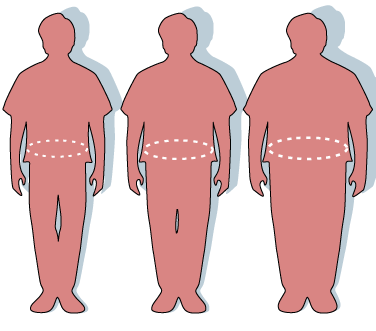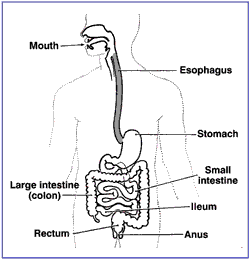With the Spring season beginning here in Vancouver, we know that soon enough it will be that time of the year to hit the beach and relax. For most girls and maybe some guys, this time of the year is known as swimsuit season in which the focus is not necessarily laying by the beach but it is on losing that final few pounds to look good in our bathing suits. For some, it is an absolute challenge to be on a diet and it definitely does not get any easier with all the food cravings that arouse in people.
The Monell Chemical Senses Center revealed that although almost anyone can get a food craving, there is a gender difference as 100% of females and 70% of males experienced a food craving in the past year. Also, in Europe and North America, women tend to crave sweets whereas men prefer savory foods; both of which are foods rich in fat and calories making it even more challenging for that diet. A geographical difference is also said to exist as women in Japan are more likely to crave sushi rather than the typical answer of chocolate we get here in Canada.

Results of the most craved item from 1000 Canadian college students
Source: WSJ Reporting
Participants during a study in 2004 were asked to imagine their favorite food while connected to an MRI scanner. From the images, the caudate area of the brain lit up which controls the dopamine activity, a hormone produced during sexual and drug activity, as well as, gambling. Therefore, the pleasure and addictiveness of these activities and certain food cravings are said to follow similar neural pathways.
So why are all of these foods high in fats and calories being craved? It is because the brain is given feelings of pleasure and euphoria when high amounts of the chemical opioid is released from the foods high in fat and sugar and enters the bloodstream. Researchers have also stated that when a person consumes too much foods high in fat and sugar the dopamine receptors tend to crash and shut itself down leading to fewer working dopamine and more cravings.
On a closing note, to help you reduce those cravings for the swimsuit season, here are a few tips from Jillian Michaels, personal trainer and reality show host of NBC’s the Biggest Loser.
 YouTube account: EverydayHealth
YouTube account: EverydayHealth
-Maral Altanbadralt








